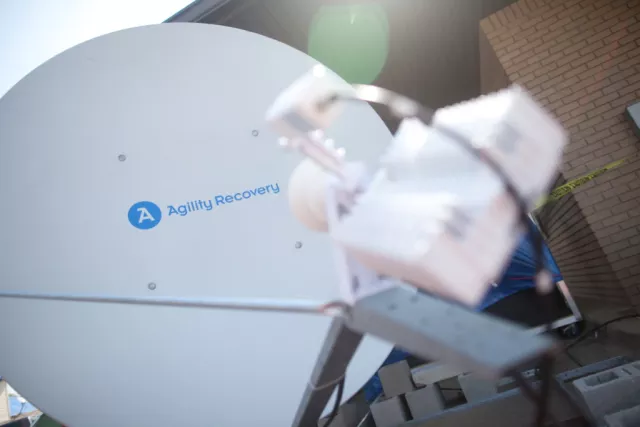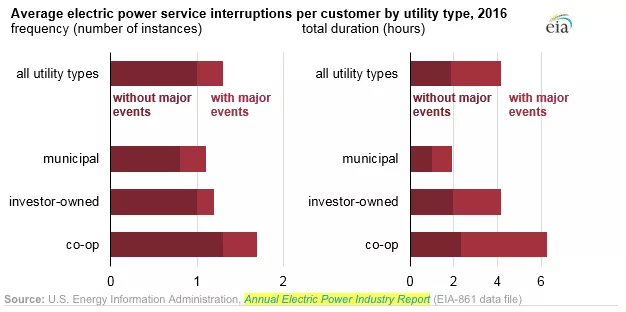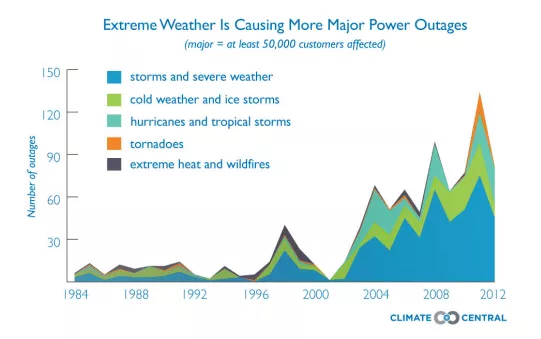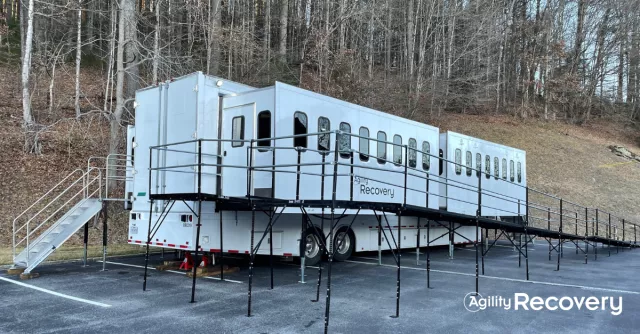How Businesses Respond to Blackouts

A single power outage event, or so-called blackouts, can devastate an organization’s revenue, productivity, capacity, and labor. To safeguard uninterrupted operations, many large businesses implement levels of redundancy, resiliency protections, and manage energy solutions such as backup power. But learning about the details of how businesses respond to blackouts may help other organizations in similar circumstances.
Among a growing number of business threats are also those that don’t necessarily involve physical damage but may still result in financial losses. If the power goes out, a company is unable to serve its clients, sustaining staggering damages to its revenue.
Businesses annually lose more than $27 billion due to power outages.
Summer 2019 Heat Update
With a dangerous heat wave expanding across the majority of the U.S., temperatures are climbing up to the century mark. And the National Weather Service is getting ready to release a heat advisory blanket for some regions. Hot summer days are one of the leading causes of power outages, taking down different appliances and triggering a domino effect that occurs on the heat-sensitive power grid.
Many predict that the state of California is going to go dark this summer to deal with the wildfire season. Yet, its residents may not be well prepared for such planned outage.
To stay cool, we keep our office and home air-conditioners turned up to the max, contributing greatly to the cause, overloading transmission lines which have limited capacity. However, their ability to transport power decreases even more during the summer season. The problem escalates because the lines naturally heat up when carrying a lot of power.
When one line shuts down, others have to pick up the slack, leading them to go through the same cycle. As the lines struggle to carry additional power, they can no longer keep voltages at their intended level. These declining voltage levels can subsequently cause lights to dim and equipment to operate at speeds that cause excessive wear and tear on components.
Power Outage Numbers
On average, 70% of Agility Recovery customers’ business interruptions involve a power outage. According to the U.S. Energy Information Administration, in 2016, customers (municipal, investor-owned, and co-op utility types) experienced an average of 1.3 interruptions, being left without power for four hours throughout the year.
Even though some distribution customers have access to backup generators, most customers are in the dark when outages occur.
Research proves that extreme weather is a developing threat to the United States’ power grid. From hurricanes to wildfires and drought, the power distribution system is progressively exposed to extreme weather, which by some estimations causes 80% of all outages.
A few years back, Climate Central reported that weather-related power outages were increasing. Looking at 28 years of power loss data in the U.S., Climate Central demonstrated a tenfold escalation in major power outages from the mid-1980s and 2013.
The graph above shows a distinct increase in power outages after 2003. As for a mode in-depth breakdown, weather-related outages caused by storms and severe weather—59%. Cold weather and ice storms only caused 19% of all power outages, followed by hurricanes and tropical storms—18%.
How Businesses Should Respond to Blackouts
Power outages, or blackouts, can strike unexpectedly. One way to mitigate the risks and reduce these types of disruptions is to use “undergrounding”—placing electricity distribution lines underground. This technique is believed to make the service more reliable in those areas more susceptible to the damage. Alternatively, a business can conduct smart grid improvements. The U.S. power grid, for the most part, needs significant modernization. So, it can be helpful to your business to update their facilities for better performance.
Some blackouts—called rolling blackouts—are necessary for the longevity of the power system and are typical during the summer months. It is important to remind employees about your blackout response plans, especially if rolling blackouts are common, and to back up all critical files. To help organizations educate their workforce on how to respond to blackouts, we have developed a quick checklist that covers steps to take before and after a blackout.





